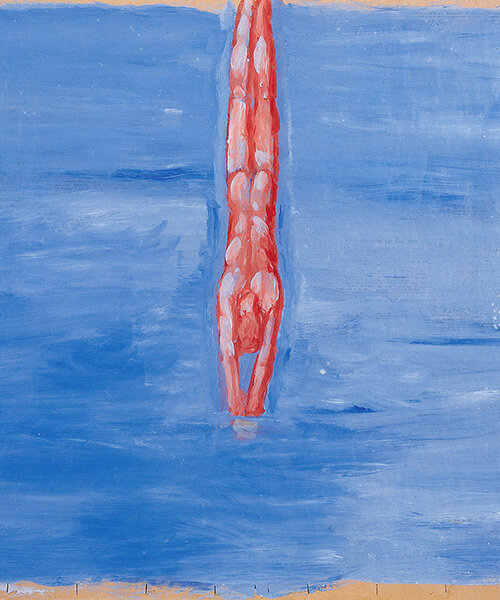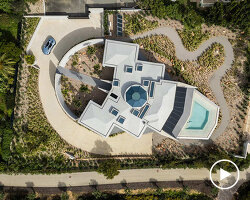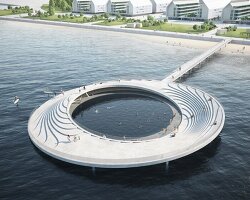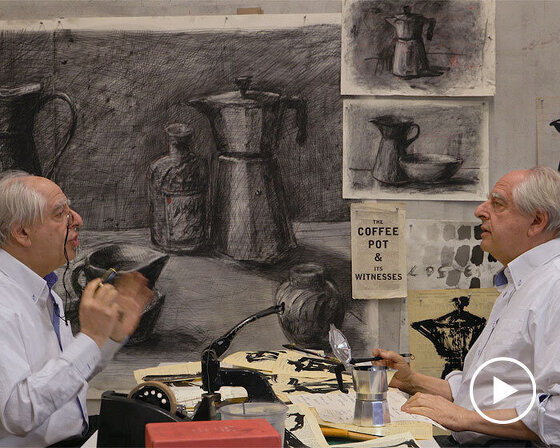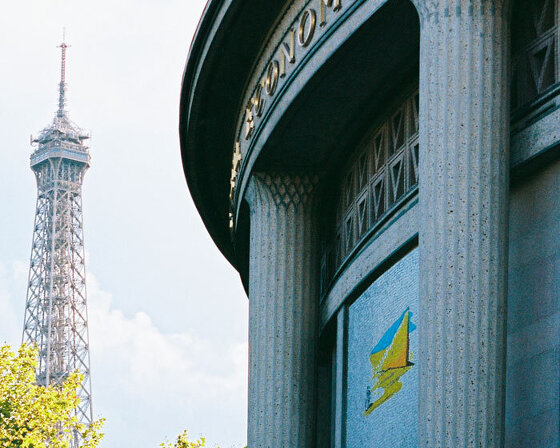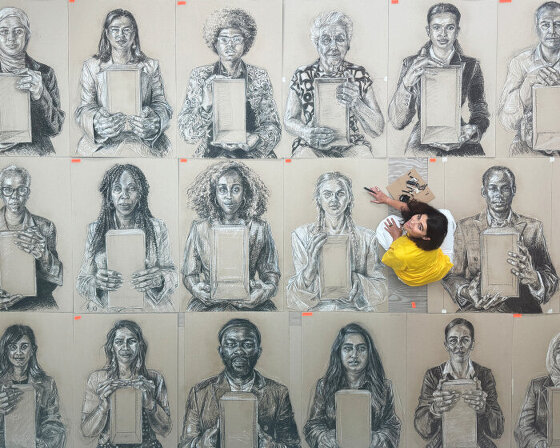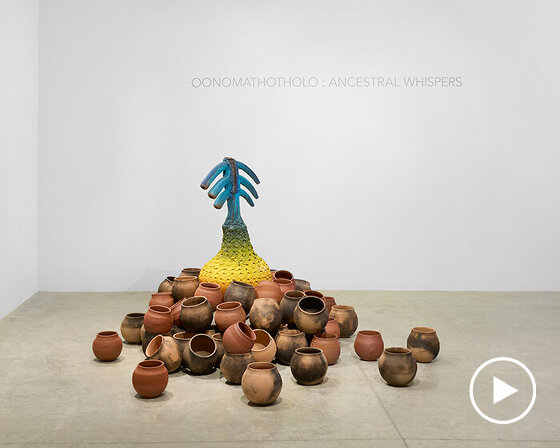the swimmer: a visual journey inspired by cheever’s short story
The FLAG Art Foundation presents The Swimmer, an expansive group show running from June 6th — August 9th, 2024, at its 545 West 25th Street location in New York, curated by FLAG’s Director, Jonathan Rider. The exhibition, inspired by John Cheever’s 1964 short story of the same name, brings together an impressive and eclectic mix of artists including Henni Alftan, Ed Ruscha, Cindy Sherman, and Zoe Crosher, among others. Their works explore themes of class, idealism, and failure through the lens of Cheever’s narrative, creating an experience that mirrors the journey of the story’s protagonist, Neddy Merrill.
The Swimmer covers the timeless issues of alcoholism, grandiosity, and the crumbling American Dream, using Cheever’s tale as a foundation to weave a narrative through diverse artistic practices. The FLAG Art Foundation’s ninth floor features an array of evocative paintings, photographs, and sculptures that position the viewer as the ‘swimmer’ in a disorienting space, while the tenth floor focuses on the human figure within water.
In an interview with designboom, Jon Rider discusses the inspiration behind the show and the careful selection of works that reflect and expand upon the themes of Cheever’s story. As Rider reveals, The Swimmer ‘confuses time,’ inviting viewers to contemplate the enduring relevance of these mid-century American themes in today’s world.
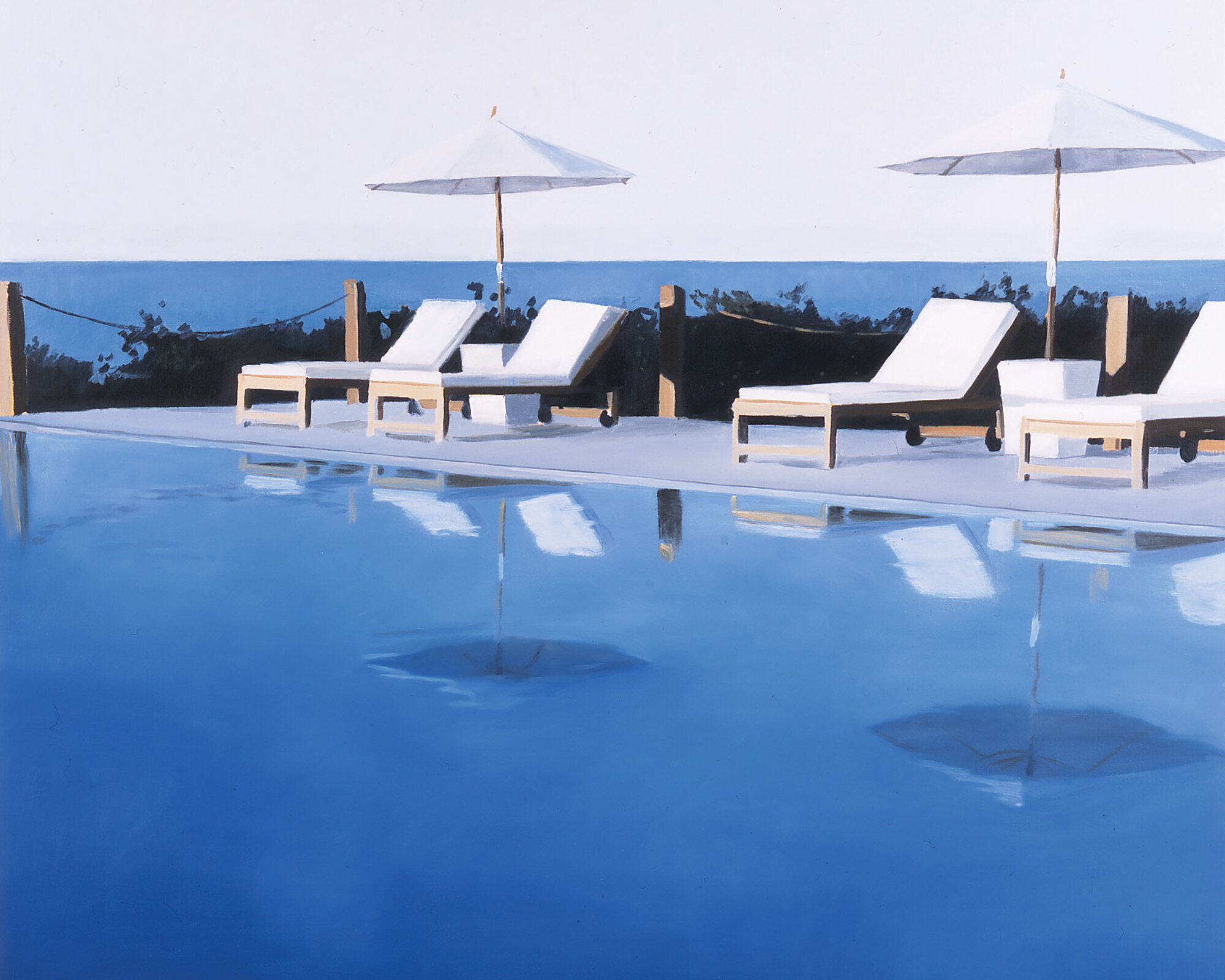 Alessandro Raho, ‘L.A. Swimming Pool,’ 2006, oil on canvas. courtesy the artist and Alison Jacques
Alessandro Raho, ‘L.A. Swimming Pool,’ 2006, oil on canvas. courtesy the artist and Alison Jacques
(header) installation view of The Swimmer at The FLAG Art Foundation, 2024. photography by Steven Probert
interview with curator jonathan rider
designboom (DB): Can you share what initially inspired the concept for The FLAG Art Foundation’s The Swimmer and its connection to John Cheever’s short story?
Jonathan Rider (JR): The New Yorker ‘Fiction Podcast’ has an episode on The Swimmer, which was beautifully read by author Anne Enright, and which I’ve probably listened to fifty times; I heard her Irish accent when I reread the story in anticipation of this exhibition. Cheever’s short story is compact, elegant, and fantastical. I loved the idea that a person’s world and their comprehension of it could so radically change over the course of an afternoon. It’s poetic, heartbreaking, comedic, and ultimately mysterious, and I thought all those elements would lend themselves beautifully to an exhibition.
DB: Cheever’s ‘The Swimmer’ is said to explore themes of class, idealism, and failure — how did you approach translating these literary themes into a visual exhibition?
JR: Shaping the story into an exhibition was an interesting exercise. I normally think about group exhibitions as having an umbrella concept, large enough to contain various practices. What was different for The Swimmer, is that I was essentially casting artworks to be elements and sometimes characters within the story.
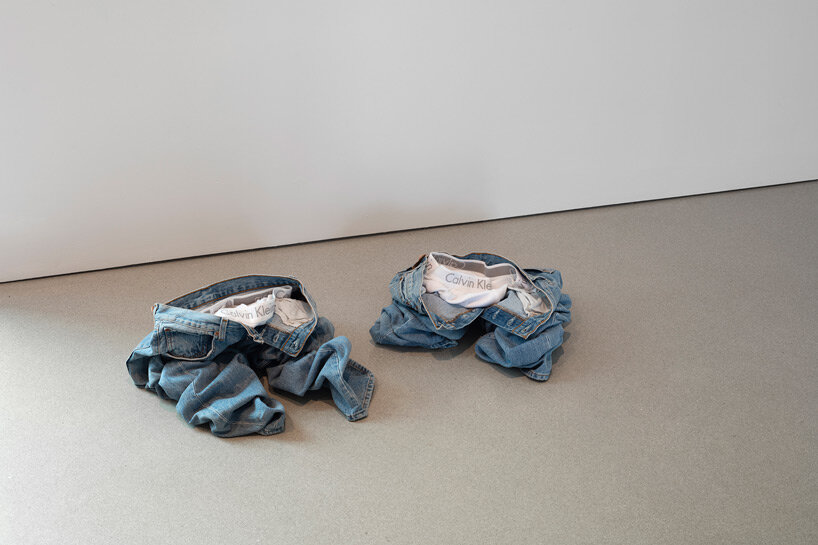
Michael & Ingar Elmgreen & Dragset, ‘Powerless Structures, Fig. 19,’ 1998. courtesy the artists, photography by Steven Probert
DB: The show’s diverse group of artists each interpret Cheever’s text through their unique pracices — can you describe the selection process for the artists involved in The Swimmer?
JR: It was important that the exhibition contain many kinds of practices, perspectives, and physical objects, some of which are closely aligned with Cheever’s narrative and others that are surprising within this context. I want the show to make sense and not make sense all in the same breath. For example, swimmers have been a longtime cornerstone of Katherine Bradford’s painting practice; she so connected to the subject matter of Cheever’s story that she made eleven new paintings for our exhibition.
Her work is presented alongside a Tony Feher window installation, which has the effect of a stained-glass window as daylight illuminates all the overlaps of thousands of hand-torn pieces of blue painter’s tape. Feher’s piece shocks the gallery with blue light, and all the Bradfords feel submerged under water. It’s a beautiful combo!
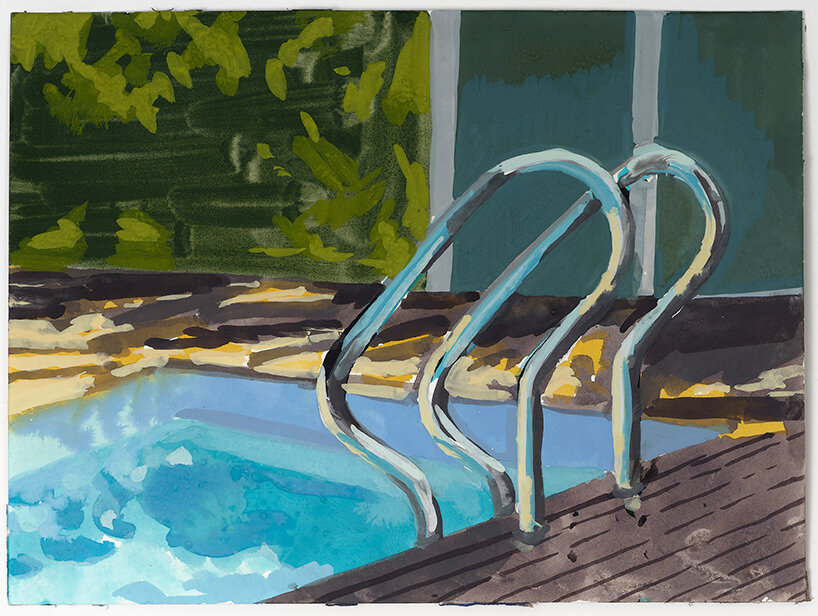
Stephen Truax, ‘Ilan’s Pool (Ladder),’ 2023, gouache and pencil on paper. courtesy the artist
DB: You’ve mentioned that FLAG’s exhibition ‘confuses time’ in a way that’s similar to Cheever’s story. How do the artworks reflect or distort the passage of time?
JR: By the end of the short story, the reader’s not sure what season it is any longer, or if it’s somehow many years later. Our exhibition begins with a beautiful new painting by Henni Alftan, of a swimmer at a pool’s edge, his back reflected in the deep blue water. Under the painting and spanning the entire front wall of the show are brown crepe paper leaves by Martin Boyce, which have seemingly fallen from nowhere. I liked the idea of starting a summer group show by fast forwarding to fall—the summer’s over before it even began.
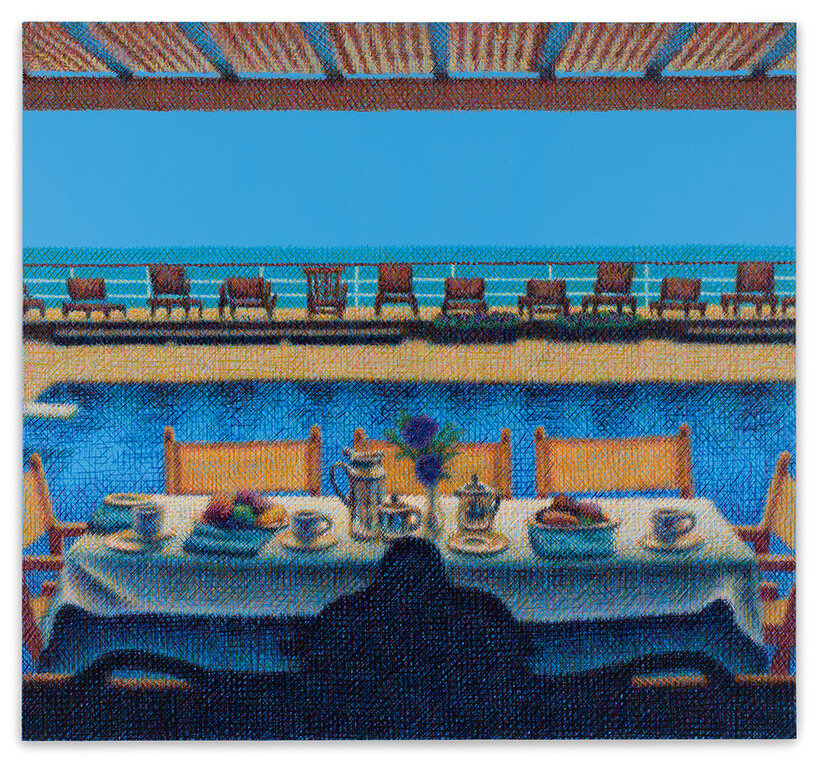
Wayne Gonzales, ‘Pool,’ 2024, acrylic on canvas. courtesy the artist and Stephen Friedman Gallery, London and New York. photography by John Berens
DB: Ed Ruscha’s ‘Nine Swimming Pools and a Broken Glass’ and Zoe Crosher’s ‘LA- LIKE: Transgressing the Pacific’ are highlighted in the exhibition. What do these works contribute to the overarching narrative of The Swimmer?
JR: Cheever’s is a very east coast, privileged suburban world rich with swimming pools. Zoe Crosher and Ed Ruscha are both quintessentially west coast. Ruscha’s photographs document various pools at budget motels in Los Angeles and Las Vegas, and though their turquoise, highly chlorinated, and swimmer-less waters suggest escape and leisure, their concrete realities are far less glamourous.
Crosher’s LA-LIKE: Transgressing the Pacific, 2008-2010, similarly disrupts Hollywood’s glossy veneer. Her images first present as innocuous but occasionally beautiful seascapes, but their titles disrupt everything: Where Natalie Wood Disappeared off Catalina Island or Where Norman Maine Disappeared at Laguna Beach from the 1954 version of A Star is Born. Each picture was shot at the corresponding time of their either real or invented subject’s disappearances.
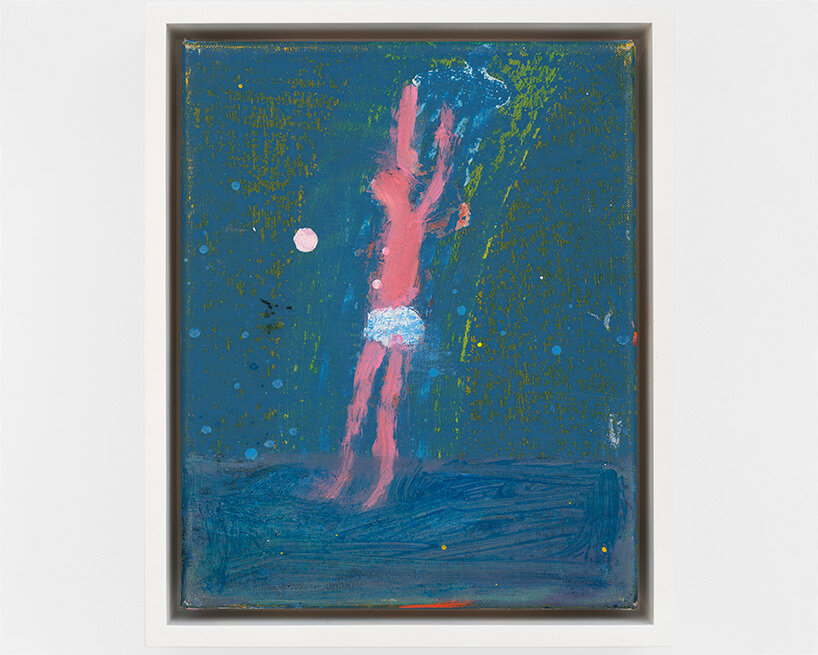
Katherine Bradford, ‘Jumping In,’ 2023, acrylic on canvas. courtesy the artist and Canada, New York
DB: Stephen Truax’s gouaches and Martin Boyce’s installation present unique interpretations of disappearance and the passage of time. How do these works align with and expand upon the themes in Cheever’s story?
JR: I looked at Cheever’s text as a jumping off point to talk about disappearances in bodies of water — in lakes, oceans, and of course swimming pools. For Stephen Truax, ten intimate en plein air gouaches depict public bathing lakes and secret gay cruising areas in Germany and Switzerland, designated spots in natural landscapes where predominantly gay men go to disappear and connect. Boyce’s work in the exhibition is about the uncanny, objects that almost look like their real-world counterparts — leaves and pool benches — but are upended, out of place, and out of time.
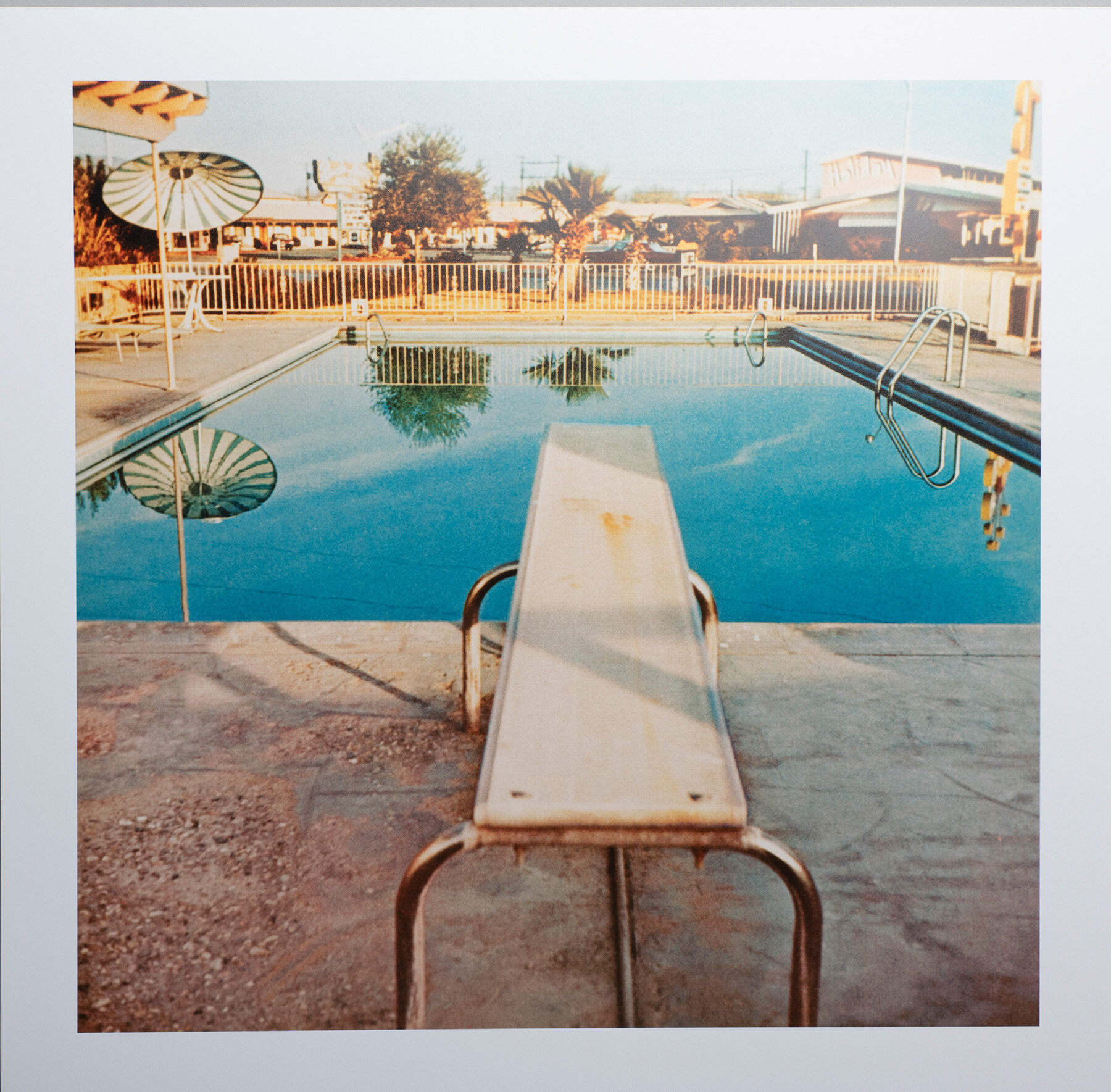
Ed Ruscha, ‘POOL # 2, from the Pools Series,’ 1968/1997, color photograph on Kodak Ektacolor paper. courtesy the artist and Gagosian
DB: Cheever’s narrative deals with the crumbling of the American dream. How do you think this theme resonates with contemporary audiences, and how is it reflected in the artworks presented?
JR: The Swimmer feels, for me, relevant and urgent today, around sixty years after it was written. Life not living up to expectations will never not feel relevant. What it means to try to connect with others will never not feel relevant. What it means for dreams or expectations to disappoint (yourself and others) will never not feel relevant. The Swimmer is a deceptively simple narrative that touches on alcoholism, class, idealism, failure, grandiosity, loss of innocence, memory, sexuality, etc., evergreen issues that many of the artists in the exhibition are addressing, directly or otherwise, in their work.
DB: The exhibition spans two floors, with distinct focuses on different aspects of Cheever’s story. Can you explain the curatorial decisions behind the layout and division of the exhibition space?
JR: FLAG’s two floors are physically different from one another; the ninth floor is airier — lofty ceilings, floor-to-ceiling-windows, polished terrazzo floors — while the tenth floor is much more intimate, and almost has a domestic feel. The two floors allow me to play different notes. My intention on the ninth floor, where viewers enter the exhibition, was to create a stage set, punctuated by sculptures that make you move through the show in a very certain way. The tenth floor unfolds as a series of intimate galleries, all related, but all almost shows within the show. Downstairs was played big, glossy, theatrical; upstairs is all about discovery.
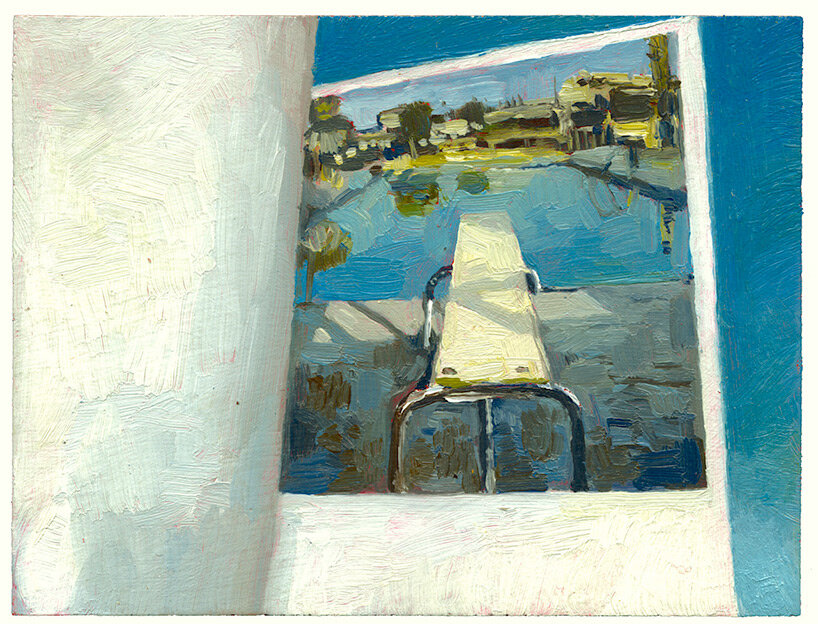 Conrad Bakker, ‘Untitled Project, RUSCHA/Ebay,’ 2006, oil on carved wood. courtesy the artist
Conrad Bakker, ‘Untitled Project, RUSCHA/Ebay,’ 2006, oil on carved wood. courtesy the artist
DB: Since you began with The FLAG Art Foundation in 2014, how have your experiences shaped your approach to curating an exhibition like The Swimmer?
JR: With ten years of exhibitions at FLAG under my belt, I understand the possibilities of the space, I know what works here, and I know when we can push things. The more I make shows, the more I also believe there are no rules. If you start from a place of enthusiasm and thoughtfulness, it’s going to work, and it will be beautiful.
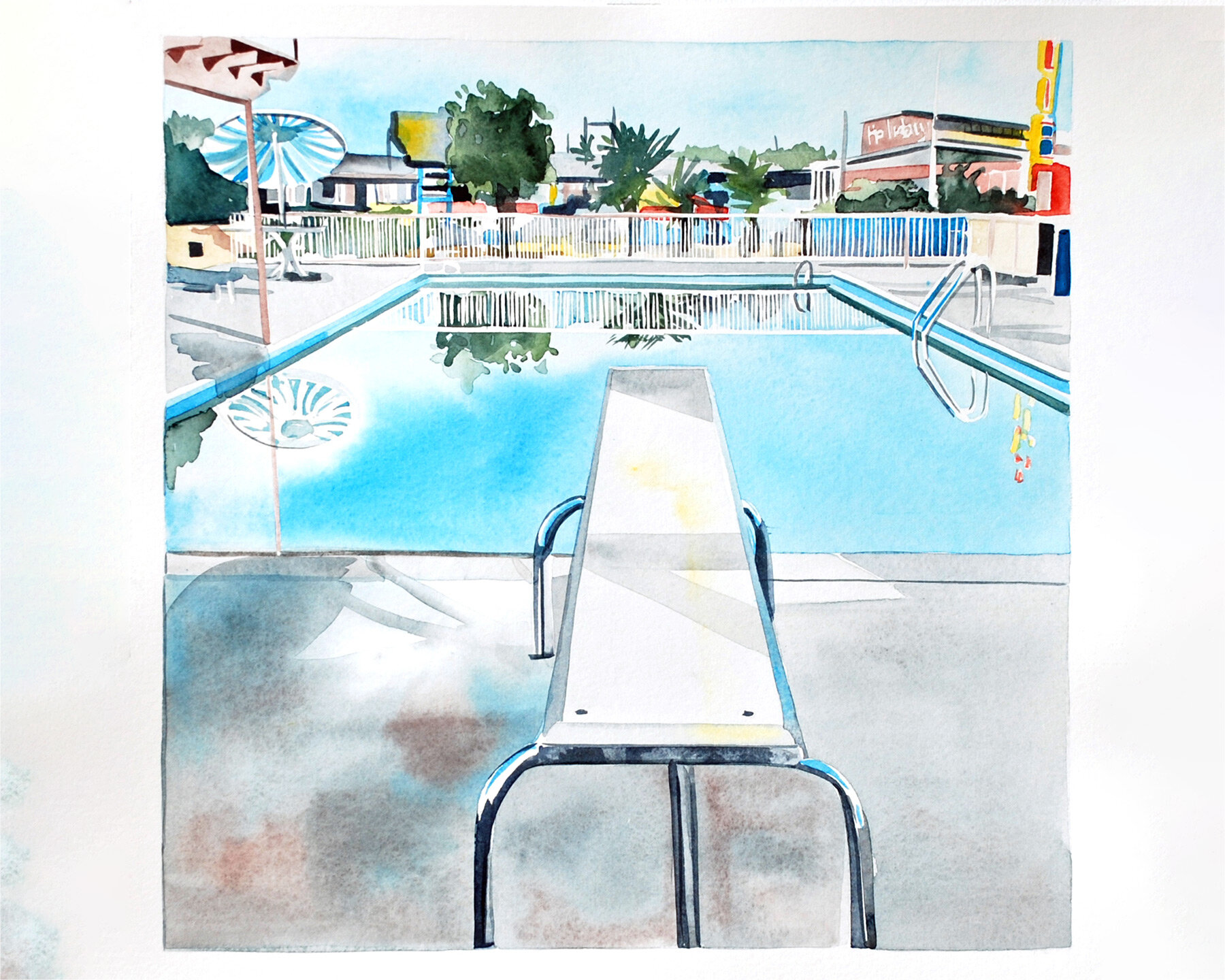
Amy Park, ‘Ed Ruscha’s Nine Swimming Pools and a Broken Glass,’ 2016. courtesy: collection of Beth Rudin deWoody. courtesy the artist and Morgan Lehman Gallery












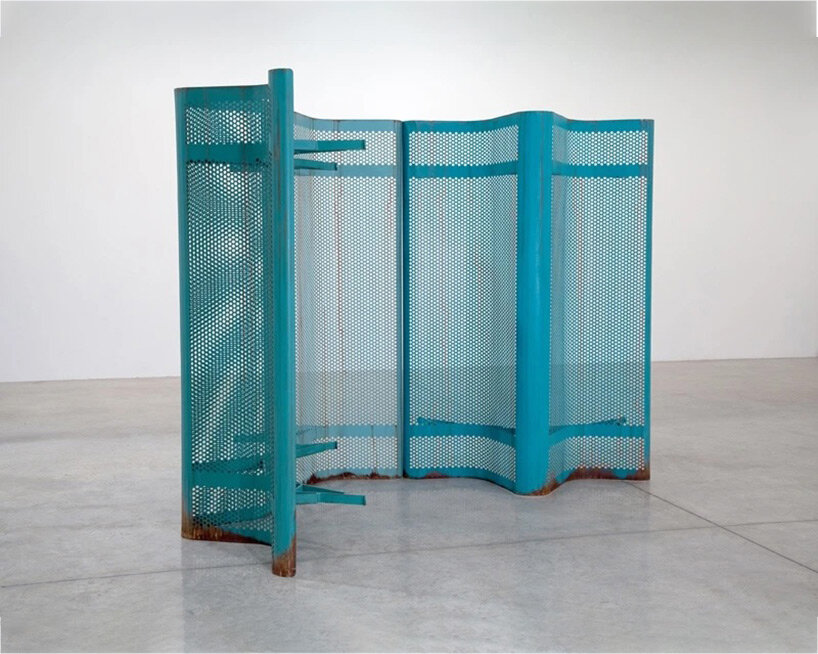


project info:
exhibition title: The Swimmer
gallery: FLAG Art Foundation | @flagartfoundation
curator: Jonathan Rider
location: 545 West 25th Street, New York, NY
on view: June 6th — August 9th, 2024
pools (122)
PRODUCT LIBRARY
a diverse digital database that acts as a valuable guide in gaining insight and information about a product directly from the manufacturer, and serves as a rich reference point in developing a project or scheme.
